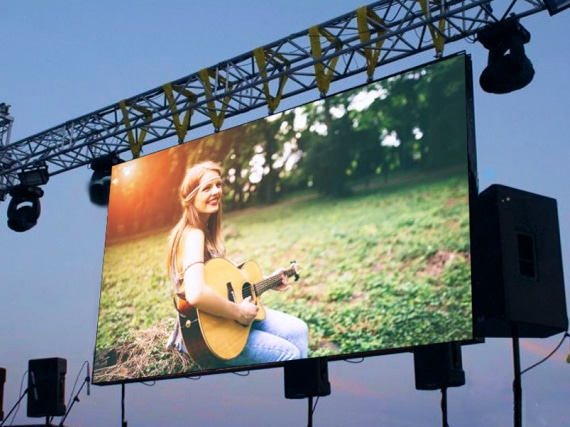Investigating the Crucial Factors That Affect Hue Consistency in Light Emitting Diode Wall Screens for Ideal Visual Output
Hue consistency in LED wall panels is essential for attaining optimal optical output. LED wall panels are commonly used in multiple settings, including musical events, meetings, and promotional displays. When the hues on these screens are consistent, they create a more captivating and immersive experience for audiences. Several critical factors influence hue uniformity, including the caliber of the LED elements, tuning processes, and surrounding factors.The caliber of the LED components plays a major role in hue uniformity. Different types of LEDs produce light at varying frequencies, which can affect the overall color result. High-quality LEDs are engineered to produce a more consistent light range, leading in better hue precision. Additionally, the manufacturing method of these light-emitting diodes can affect their functionality. Panels made with superior materials and technology tend to have less hue variations, ensuring that the shown images and footage look lively and true to life.

Tuning is another essential factor in preserving color consistency in LED wall screens. Calibration involves adjusting the configurations of the panel to make certain that the hues displayed align the desired design. This process can include fine-tuning luminosity, differentiation, and hue equilibrium. Regular calibration is essential, especially in settings where lighting factors vary often. By tuning the screens, specialists can fix any inconsistencies in color result, resulting to a more consistent observing experience.
Surrounding factors also influence color consistency in LED wall screens. Elements such as ambient light, heat, and Website moisture can influence how hues are perceived. For instance, intense ambient light can dull colors, making them appear more lively. Similarly, harsh temperatures can affect the functionality of the LEDs, resulting to color shifts. To mitigate these problems, it is essential to place LED wall panels in managed environments where illumination and heat can be controlled efficiently.
Lastly, the layout and layout of the LED wall panels can affect hue consistency. The configuration of the panels, as well as the distance from which they are viewed, can create variations in color recognition. When panels are arranged too far apart or at varied positions, audiences may notice inconsistencies in hue. To achieve the optimal visual output, it is important to consider the positioning and arrangement of the screens during installation. By tackling these elements, users can ensure that their LED wall screens deliver a consistent and superior visual encounter.